The History of the Basilica of Ste. Anne de Detroit
On July 24, 1701, twenty-five canoes glided to a stop at the foot of a high bluff which ran along a narrow part of the Detroit River near where Hart Plaza is today. French explorer Antoine de la Mothe Cadillac and his party of fifty artisans, fifty soldiers, and two priests began construction of Fort Pontchartrain du Detroit. Among the first log structures was a tiny chapel which they dedicated on July 26, the feast day of Sainte Anne, mother of Mary and grandmother of Jesus. The earliest church records were destroyed in a fire, but a new registry has been maintained since 1704, making Ste. Anne de Detroit the second oldest continuously operating Catholic parish in the United States.
The present structure, built in 1886, is the eighth, but it contains many artifacts from the
so-called “Stone Church,” the church building that preceded the present structure. The Stone Church was originally located in downtown Detroit and built in 1818 during the tenure of Father Gabriel Richard. Among the items removed to the current building are the 1818 cornerstone, the altar in the chapel, the interior communion rail, the Beaubien Bell, and the statue of Sainte Anne and Mary. Also, the grisaille windows were removed from the earlier church and hold the oldest stained glass found in Detroit. Of special interest are crutches and braces left at the Sainte Anne side altar by people who credited her intercession for their healing.
Fr. Gabriel Richard was not the first pastor of Ste. Anne Parish, but he was the most well-known. Born and ordained in France, Fr. Richard narrowly escaped persecution in the French Revolution. Leaving the turmoil of France, Fr. Richard eventually arrived in Detroit. Once in the city, he founded schools, established a printing press, and tirelessly worked to overcome ignorance, poverty, and bigotry. The motto for Detroit, “Speramus meliora; resurget cineribus,” (“We hope for better things; it will rise from the ashes”) was written by Fr. Richard after the Great Fire of 1805. Fr. Richard’s final resting place is at the Basilica of Ste. Anne de Detroit; his tomb can be visited in our chapel.
The parish has gone through many changes in its 300-plus years of history. The basilica stands today as an active parish, shrine, historical treasure and landmark in a revitalized, multi-ethnic, bilingual neighborhood.
One February 22, 2011, Pope Benedict XVI named Sainte Anne as the patroness of the Archdiocese of Detroit. In 2013, a building assessment was completed by the Archdiocese of Detroit with an eye toward a future restoration. On April 19, 2017, Archbishop Allen Vigneron decreed Ste. Anne Church to be the official Archdiocesan Shrine to Sainte Anne.
On March 1, 2020 Archbishop Vigneron announced that Pope Francis named Ste. Anne Church a minor basilica. The Basilica of Ste. Anne de Detroit is one of 89 churches in the United States, and only the third church in Michigan, to hold the title of minor basilica.
On March 9, 2025, Msgr. Chuck Kosanke announced that the Basilica of Ste. Anne is forming an historic partnership with The Catholic Initiative to restore the basilica.
Video: History and Virtual Tour
Video: Ste. Anne + The Catholic Initiative
About the historic pipe organs of the Basilica of Ste. Anne de Detroit
